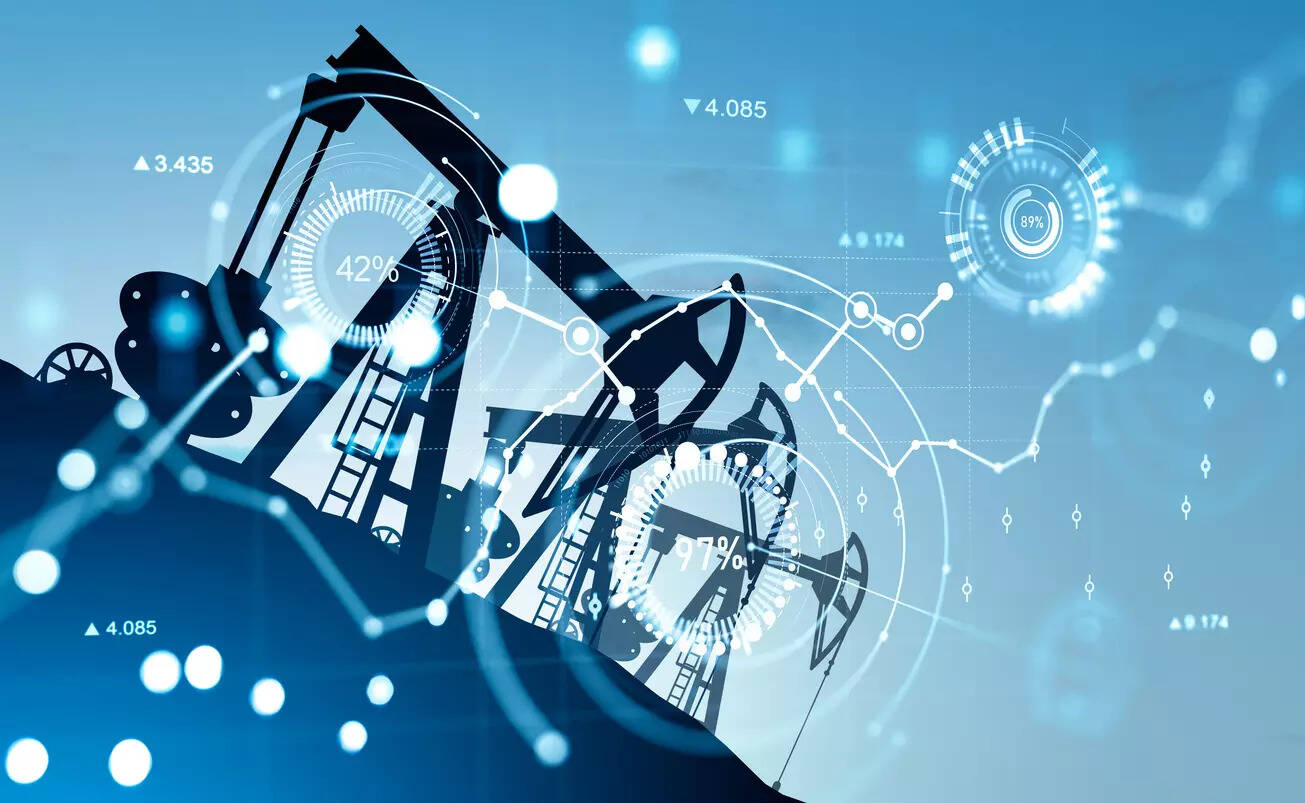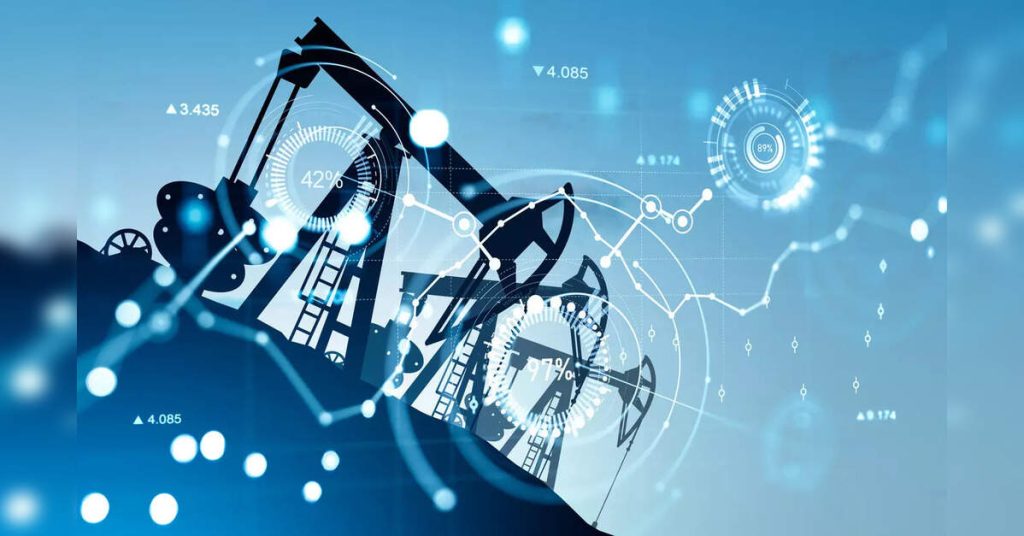
New Delhi: When 239,000 people show up at an energy conference, it usually signals a market in transition.
But ADIPEC 2025 captured something deeper — a global energy system being reshaped simultaneously by rising oil demand, an AI-led surge in electricity needs, prolonged LNG supply expansion, and pressure on grids worldwide.
Inside the venue in Abu Dhabi, oil producers, power companies, tech firms and policymakers delivered a consistent message: the world is entering a phase where oil demand resilience and AI-driven power demand will coexist with long-term decarbonisation pressures.
Wood Mackenzie, as Knowledge Partner, mapped these shifts into six broad themes.
Oil demand expectations shape upstream strategy
A central message from senior executives and ministers was clear: oil demand is expected to keep growing well into the next decade, and possibly beyond.
With this outlook, IOCs and NOCs focused on portfolio resilience and the need to manage short-term price volatility. Discussions centred on strengthening production profiles for the 2030s, signalling upstream investment aligned with sustained demand expectations.
AI pushes power demand to the centre of global debates
Three years ago, AI appeared at the margins of energy discussions. This year, it became a defining theme. The phrase “Power is Knowledge” captured how data centres and future robotics applications could reshape electricity demand patterns.
For the US market, speakers stressed that gas-fired power remains central to meeting this demand, even as supply chains face three- to five-year turbine delivery delays. Permitting and regulatory processes emerged as major bottlenecks.
There was no consensus on how long AI-led demand will last. The tech sector argued that digital AI will move into “physical AI”, with robotics creating further demand waves. Others focused on AI’s contribution to energy operations through reservoir modelling, automation, maintenance and grid optimisation.
Grid investment becomes unavoidable
A line repeated across sessions summed up a key challenge: “You can’t run tomorrow’s energy system on yesterday’s grid.”
Wood Mackenzie’s forecasts show that by 2060, transmission and distribution — including EV charging — will account for more than one-quarter of all future investment in energy and natural resources.
Speakers underlined that regulation must support investment, not slow it down, if grids are to absorb both renewable additions and AI-linked power loads.
Energy, AI and politics intersect
A large US presence brought discussions on energy dominance and the global AI race. This was framed against competition with China, with Europe seen in a distant position.
Data centres will locate where power is cheapest, which remains a US advantage. But demand-supply mismatches are already pushing US power prices upward.
Wood Mackenzie’s early-year forecast that rising electricity prices could become a political issue resurfaced throughout the conference. During ADIPEC, Democrats made gains in public service commission elections in Georgia, driven in part by voter concerns over electricity bills.
LNG markets prepare for oversupply
The LNG discussions pointed to volatility ahead. With 200 Mtpa of new LNG capacity expected by 2031 — increasing global supply by 50 per cent — the market is projected to enter oversupply from 2029.
Some participants challenged this, arguing that demand responses — such as China’s earlier adjustments to price signals — could mitigate the imbalance. However, most emphasised the need for sellers and buyers to work more closely to manage oversupply risk through flexible contracting and better alignment on market challenges.
Decarbonisation continues, even with shifting policy signals
The conference also reflected how climate policy developments in the US are influencing other regions. Developers discussed capital discipline and the focus on low-carbon investments that deliver acceptable returns.
Across sessions, companies examined solutions that link continued oil and gas consumption with lower emissions. These included carbon capture, blue hydrogen and methane reduction. Hydrogen producers pointed to ongoing cost reductions and said their output could become competitive without subsidies within five years in some markets.


